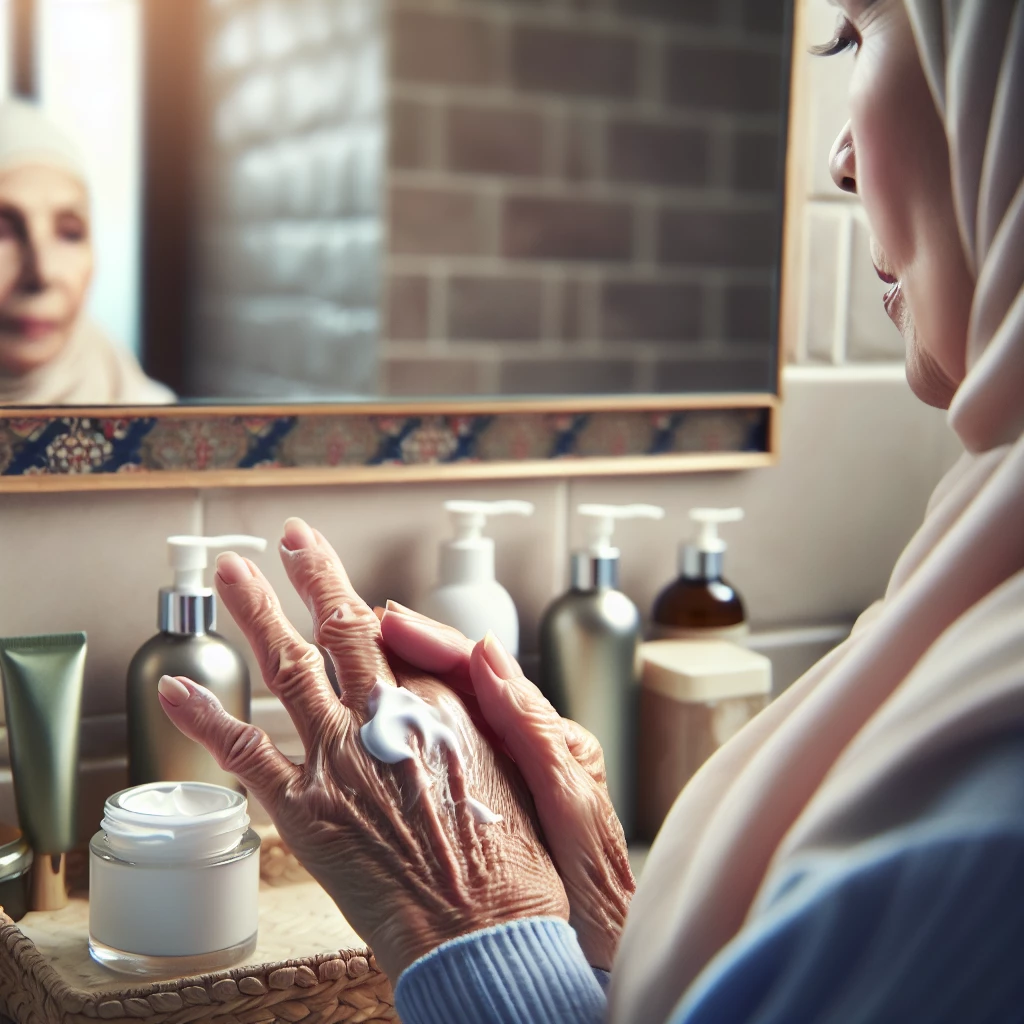Welcome to Makeup Queens, your ultimate beauty guide. Today, we delve into the world of women and makeup, focusing specifically on how to achieve dewy skin. Dewy skin is a statement of natural makeup, and it is a trend that has firmly taken root in the beauty industry - it represents healthy, glowing skin that seems almost lit from within. There are specific makeup techniques to help you achieve this look, so let’s journey together and uncover these beauty tips that will transform your skin from dull to radiant.
Understanding Dewy Skin
Dewy skin is not oily or greasy; rather, it has a bright, luminous appearance. It’s about having skin that is hydrated and glows, mimicking the look of skin after a good skin care regimen. Many women prefer this look as it gives an impression of youthful and healthy skin.
To get this look, hydration is key. Your skin needs to have enough moisture to get that glowing look. This means drinking plenty of water and using hydrating skin care products. It’s not just about the makeup you apply; what you do before the makeup plays a critical role in achieving dewy skin.
Achieving this look also requires dedication. You need to take utmost care of your skin – start by identifying a skin care regimen that works for you and stick to it, cleanse your skin regularly, exfoliate, moisturize, and most importantly, never sleep with makeup on your skin.
Makeup Techniques for Dewy Skin
When it comes to makeup for dewy skin, less is more. The aim is to make it look as natural as possible. Start with a good primer that has illuminating properties. This lays the groundwork for the dewy look.
Foundation also plays a crucial role. Opt for a hydrating, luminous foundation and avoid matte finishes. Apply the foundation sparingly and blend well. Use a damp beauty blender for this purpose, it gives a more natural finish.
Finish up with a highlighter on the high points of your face like the top of your cheekbones, middle of your forehead, nose bridge, and cupid’s bow. But remember, don’t overdo it. The goal isn’t to make your face shiny, but to make it naturally glow.
Maintaining Your Dewy Look
Maintaining dewy skin requires consistency. Keep your skin hydrated and stick to your skin care regimen. Don't forget to cleanse your skin properly after every makeup use.
Also, always have blotting papers at hand. This quick fix solution is great for handling excess oil and keeping your skin looking fresh and dewy. Not to mention, it is also travel-friendly.
Lastly, it’s not just about what you put on your skin, but also what you put in your body. Your diet plays a significant role in your skin health. Foods rich in omega-3 fatty acids, like fatty fish and walnuts, are good for your skin. Fresh fruits and vegetables, particularly those rich in vitamins C and E, also help in maintaining healthy, glowing skin.
Thank you for stepping into the world of dewy skin with us today. Remember, achieving dewy skin requires consistency in good skin care habits, including cleansing, hydrating, and the right makeup techniques. The ultimate goal is to achieve youthful, natural makeup that accentuates your beauty. So, let your skin glow and speak volumes about your health. Stay beautiful, dear queens!

Age Gracefully: Mature Skin Care
Delve into the changes that come with aging skin and the best practices to ensure its health and vitality.

Vitamins for Victory: Skin Nutrients
Discover the key vitamins that contribute to skin health and the best ways to incorporate them into your skincare routine.

Exfoliation 101: Clearing the Surface
Dive into the process of exfoliation, uncovering its benefits and learning how to properly exfoliate for brighter, smoother skin.

Skin Hydration: Water vs. Oil
Get insight into the importance of hydration in skincare routines and understand the difference between water-based and oil-based products.
